Brake Light Doesn’t Work When Headlights Are On – Causes and Solutions
Your vehicle’s brake lights will always light up when you depress the brake pedal. This helps the drivers behind you know when you are coming to a stop or slowing down.
But what happens when the brake light doesn’t work when headlights are on? Well, it could mean you have a bad ground connection or or the brake light fuse is blown. It could also signify the brake light is burned or incorrectly installed, the wiring is damaged, or the brake switch is faulty.
So, how do you diagnose and fix the brake light problem? Stay right here to find out.
Reasons for Brake Light Not Working When Headlights Are On
Below is a quick summary of the cause of the brake light not working when you turn on the headlights.
| Reasons | The Fix |
|---|---|
| Bad Ground Connection | Clean any corrosion Tighten loose connections Add extra ground wire |
| Brown Brake Light Fuse | Install new fuse |
| Burned or Incorrectly Installed Bulb | Install the bulb correctly Replace the bulb |
| Damaged or Loose Wiring | Wrap the wiring with electrical tape Clean and tight the wiring connections Replace the damaged wires |
| Faulty Brake Light Switch | Replace the switch |
What Are The Causes Of Brake Light Not Working When You Turn On The Headlights?
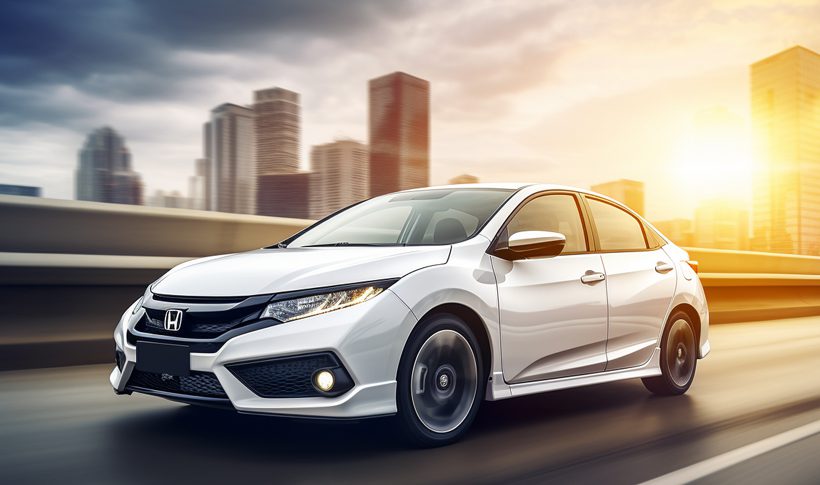
There are many possible reasons why your vehicle’s brake light may not work when the headlights are on. These include:
1. Bad Ground Connection
One of the common causes of the brake light not working is a bad ground connection in the brake light circuit. When this happens, the juice that should go through the brake lights usually exits through the headlight circuit instead.
Generally, bad electrical ground can be caused by loose wire connections, corrosion, or damaged wires.
Diagnosing the Issue
There are two ways to diagnose a bad ground. These include:
- Using a Multimeter
You can use a multimeter to test the ground connections for continuity. Simply set your digital multimeter to Ohms. If you don’t hear a beep sound or get a reading other than zero ohms, the ground wire is bad.
- Use a Jumper Wire
Alternatively, you can check for bad ground by connecting the brake light switch to good ground. To do this, use a jumper wire.
Then, press down on the brake pedal and request someone to check if the brake light works. If the brake light works, it means the electrical ground needs fixing.
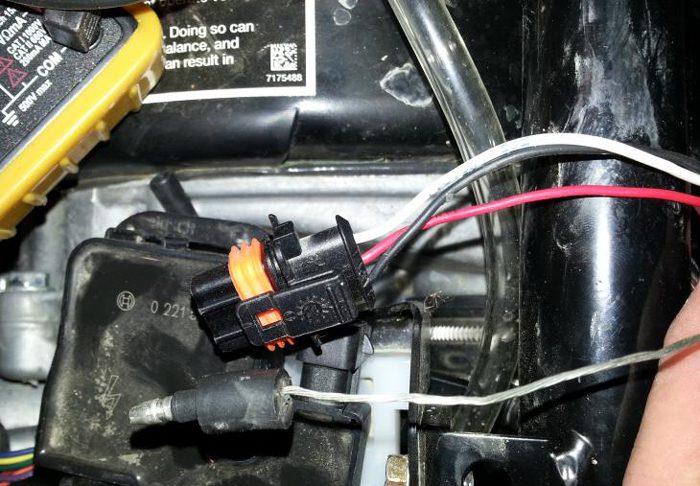
The Fix
To fix bad ground, here is what to do:
- Remove the taillight assembly and clean the contacts thoroughly to remove corrosion.
- Next, tighten the connections using a screwdriver or a wrench. If this does not fix the problem, check for any broken wires and replace them.
- If the above fixes don’t work, you can add an extra ground cable. This way, the headlight and brake light will have separate grounding. However, this is a job you should let a qualified mechanic perform due to its complexity.
2. Blown Brake Light Fuse
The headlights and brake lights have separate fuses. Therefore, if the brake light fuse is blown, but the headlight fuse is not, the brake light bulb will not illuminate. The common causes of a blown fuse are a short circuit, corroded wiring, and a melted brake light bulb socket.
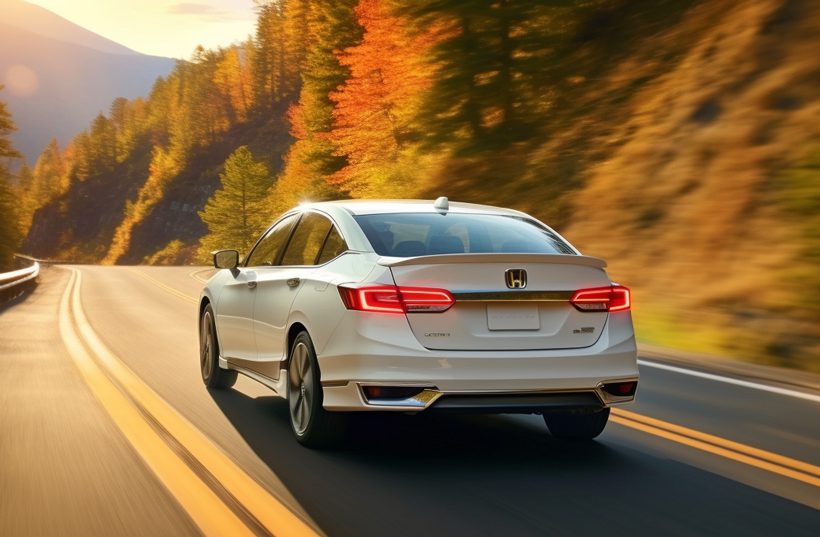
Diagnosing the Issue
You can tell if a brake light fuse is bad through visual inspection or using a test light. Here is how to make the diagnosis:
- Step 1: Open your vehicle’s hood and find the fuse box.
- Step 2: Locate the brake light circuit fuse in the fuse box. Make sure to consult your vehicle’s owner’s manual to determine the specific fuse.
- Step 3: Remove the fuse. Then, hold it up against a light and check for signs of broken wire inside.
- Step 4: Alternatively, you can skip step 3 and use a test light or lamp to check for electric power in the fuse. If the test lamp does not light up, the fuse is blown.
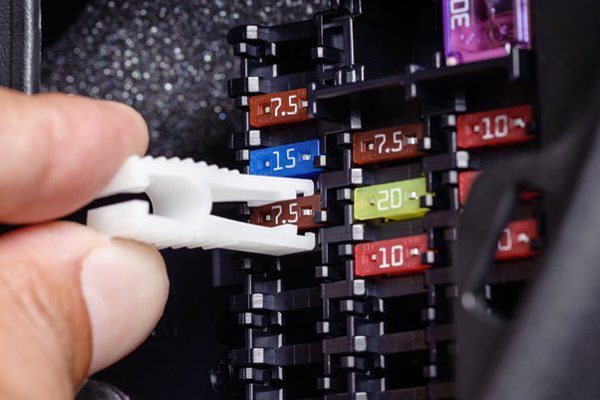
The Fix
The only solution for a blown fuse is to replace it. Simply remove the old fuse with pliers or your fingers and install a new one.
3. Burned or Incorrectly Installed Bulbs
Sometimes, the fuse may not be blown, but the bulb could be burned out or incorrectly installed, causing the brake light not to work. Brake light bulbs may burn due to dirty and corroded socket connections or moisture inside the bulb assembly.
Diagnosing the Issue
The best way to tell if the brake light bulb is blown is to do the following:
- Step 1: Open your vehicle’s trunk.
- Step 2: Next, unscrew the bolts securing the brake light assembly.
- Step 3: Disconnect the electrical connector.
- Step 4: Check if the bulb is precisely installed.
- Step 5: If it is installed correctly, remove it from the brake light socket.
- Step 6: Check the inside of the bulb if it is a little blackened or if the filament is broken.
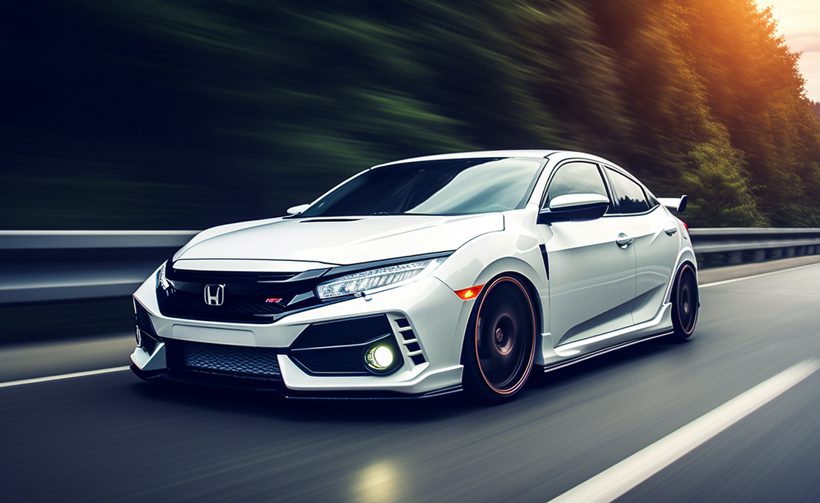
The Fix
The different fixes for these problem include the following:
- If the bulb is not correctly installed, remove it and reinstall it properly.
- However, if the bulb is burned, replace it with a new one. But before installing the new bulb, clean the socket using a vinegar solution and a small brush to remove any corrosion. Then, test the bulb if it is working before putting everything back together.
4. Damaged or Loose Wiring
Another possible cause of a brake light not working when the headlights are on is broken, loose, or frayed wiring connections. This includes the wires connecting the brake light switch to the bulb and to the fuse panel.
Sometimes, the wiring harness at the tail light could also be shorting against each other, causing the brake light not to work.
Diagnosing the Issue
One way to diagnose faulty wiring is to physically inspect them, looking for signs of damage or loose connections.
Alternatively, you can test the wires for continuity using a multimeter. If the device does not beep, there is a problem with the wiring.
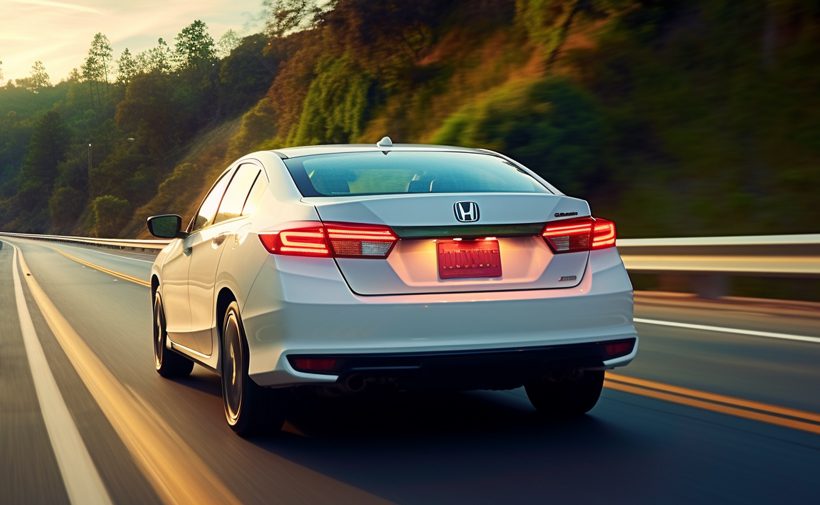
The Fix
Below are the different ways to fix faulty wiring:
- Use Electrical Tape
If the wiring is frayed but not entirely damaged, wrap electrical tape around it. This will help extend its lifespan.
- Clean and Tighten the Connections
If the wiring connections are corroded or loose, clean the rust build-up and retighten the connections.
- Replace the Damaged Wires
On the other hand, if the wiring is completely damaged, trim away the damaged parts. Then, cut a new wire section for replacement. Next, solder the wires together or use crimping connectors to connect the new wire section to the rest of the wiring.
5. Faulty Brake Light Switch
The brake switch typically turns on your brake lights every time you depress the pedal. Over time, the switch may wear or become damaged because of regular use. And when this happens, the brake light will not work, but the headlights will.
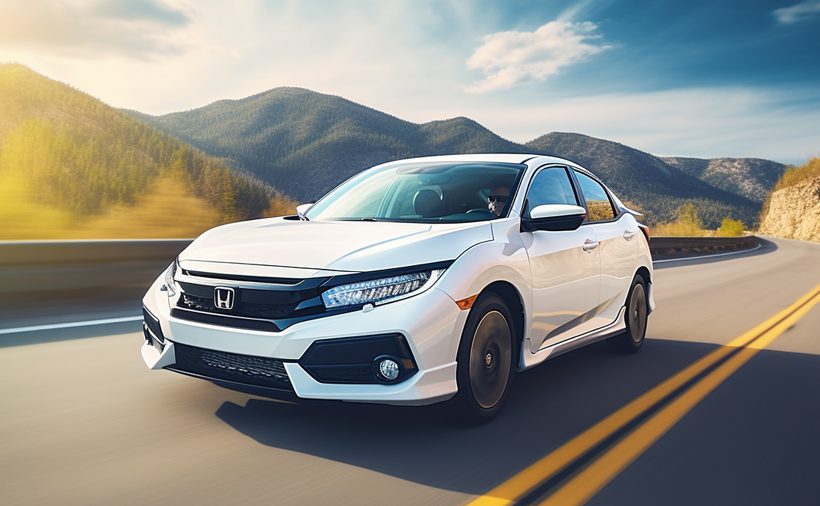
Diagnosing the Issue
The most effective way to check for a bad brake switch is to remove it and test it for continuity. If you don’t get a reading in ohms on your multimeter, the switch is faulty.
The Fix
A faulty brake switch should be replaced to fix the brake light problem. Here is how to do it:
- Step 1: Locate the switch underneath your vehicle’s dash near the top of the pedal.
- Step 2: Unfasten the bolts securing the switch to its mount.
- Step 3: Disconnect the electrical connector from the switch.
- Step 4: Remove the C-clip and then the switch.
- Step 5: Install the new switch in reverse order.
You can also watch the video below for a better illustration on how to replace a brake switch:
FAQs
In this section, we will discuss frequently asked queries regarding the brake light not working when the headlights are on.
Yes, you can. However, it is not recommended because a malfunctioning brake light is likely a major safety risk. Therefore, police can pull you over and issue a warning.
One is that your car’s shift lock override could be activated, preventing it from shifting in mechanical danger situations. As a result, this could damage your vehicle’s transmission system. Another risk is the high chance of causing accidents.
Yes, but it depends on how well you are mechanically inclined. Fixes such as cleaning corrosion, replacing brake light bulbs, tightening loose connections, and replacing a brake light switch are straightforward.
Outro
When the brake light does not work every time you turn on the headlights, you should have the problem fixed immediately. This is because a malfunctioning brake light increases the risk of accidents, putting other drivers’ and passengers’ lives in danger.
However, to fix the problem, you must determine the cause first because it could be a faulty bulb or a bad ground connection. When it comes to fixing the brake light, you can resolve the issue yourself or take your car to a mechanic.

